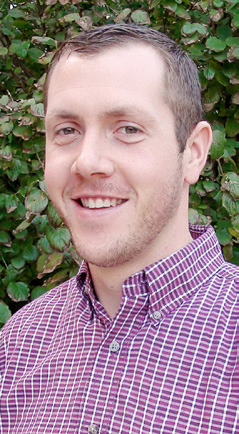Spring calving cows are entering one of the most critical periods of their year from a nutritional standpoint right now. How we handle it can have big implications for breed back and fertility success next year.
Beef cows must recover from the nutrient and physical demands of calving and lactation and will have 80 to 85 days to return to estrus after calving to potentially maintain a yearly calving interval. Failure to successfully manage the postpartum interval (PPI) is one of the major causes of reproductive loss, especially in young cows.
After calving, cows go through postpartum anestrus, a period in which cows do not experience estrous cycles. During this period, the uterus is trying to return to non-pregnant size, shape and position, and repair to support another pregnancy. This process (uterine involution) is completed in approximately 20 to 40 days following calving if no complications arise.
During the first ovulation postpartum, sometimes we see shorter estrous cycles and decreased fertility in those females. Therefore, we need cows to initiate estrous cycles prior to the start of the breeding season to become pregnant. If cows do not exhibit estrous or are still in anestrus, the chances for those females to cycle or get bred early in the breeding season decreases. So how can we manage cows that calve late or potentially are not cycling early enough postpartum?
Managing nutrient intake and body condition score (BCS) before and after calving contributes to improved reproductive efficiency within a herd. For reproductive success, BCS (on a 9-point scale) should target a 5 to 5.5 for mature females and 5.5 to 6 for first calf heifers by the breeding season. Ideally, the last trimester is the optimal time to add condition to cows that may be on the thinner side. Studies have also shown that animals that gain a Body Condition Score during the last trimester tend to have shorter postpartum intervals than those that maintain condition. Unfortunately, we sometimes have to play catch up.
Sometimes producers make the mistake of assuming that increasing the protein supplementation previously fed during gestation will meet the needs of the now lactating cow.
If a 1300 pound lactating cow is fed 30 pounds (as is basis) of medium quality hay (52% TDN) and provided a protein lick tub with limited consumption of 1 pound (as is ) per day, then this cow will fall short of both protein and energy required for lactation. Feeding 30 pounds (as is basis) of that same hay with 5 pounds (as is) of a 30% protein cube would meet the protein requirement, but fall just short of the energy requirement.
This will likely result in some loss of body condition prior to turning out on green grass. For a cow in a body condition score (BCS) 6 (1-9 scale), this will likely not have a major impact on her ability to rebreed within 83 days of calving. It can be detrimental for a cow in a BCS 4.
Producers will want to keep an especially watchful eye on the BCS of first calf heifers as they have a smaller rumen than a mature cow, and therefore cannot eat as much and likely will need a more nutrient dense diet. Additionally, they have a requirement for growth on top of lactation, which can make rebreeding a challenge. Having heifers in a BCS 6 at calving can help alleviate some of the challenges associated with lactation.
Right now is a good time to assess BCS of the cows in spring calving herds and send feed samples to a commercial laboratory for nutrient analysis. This will help producers be better prepared to feed a diet during calving that will prevent BCS loss in cows that may not have excess BCS to give this year.
-Ben Beckman is a beef systems Extension Educator serving northeast Nebraska. He is based out of the Cedar County Extension office in Hartington. You can reach him by phone: (402) 254-6821 or email: [email protected]

.jpg)











